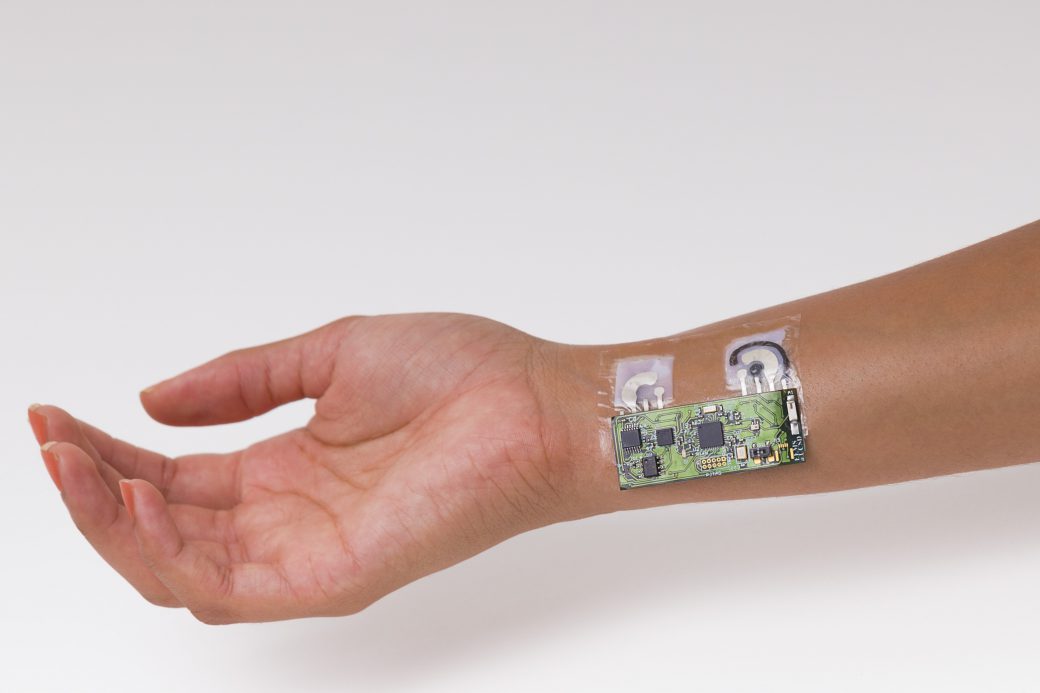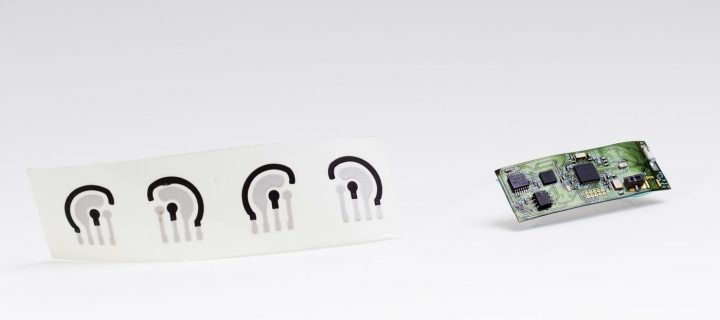This is one tattoo your parents might give you the blessing to go ahead with.
U.S. scientists have developed a wearable skin ‘tattoo’ that detects the wearer’s alcohol levels through their sweat. The information can amazingly be transmitted to a smartphone, allowing the user to monitor their alcohol intake in real time.

The inventors are hoping this temporary tattoo will create more responsible drinkers, which in turn should reduce vehicle crashes, violence, and health deterioration amongst frequent drinkers.
“It resembles a temporary tattoo, but is actually a biosensor patch that is embedded with several flexible wireless components,” explains Seila Selimovic, from the US National Institute of Biomedical Imaging and Bioengineering (NIBIB).
“One component releases a chemical that stimulates perspiration on the skin below the patch. Another component senses changes in the electrical current flowing through the generated sweat, which measures alcohol levels and sends them to the user’s cell phone.”

In the U.S. alone, nearly 88,000 people die from alcohol-related causes, such as driving fatalities (10,000 deaths attributed to driving alone in 2014). While the deployment of blood tests and breathalyzers from law enforcement addressed the problem somewhat, it hasn’t been enough – they’re clunky and awkward to conduct in a public setting. This new, wearable monitor has the advantage of being non-invasive, subtle, and as casual as checking the score of the game on your phone.
The potential is there in this tattoo for self-regulating alcohol intake, as long as users are diligent and stay on top of their alcohol levels.

“Measuring alcohol in sweat has been attempted before, but those technologies took 2-3 hours to measure alcohol levels,” says Patrick Mercier, from the University of California, San Diego.
“Our patch sends alcohol levels to your smartphone in just 8 minutes, making real-time alcohol monitoring possible, practical, and personal.”
The study was published in the journal ACS Sensors.












